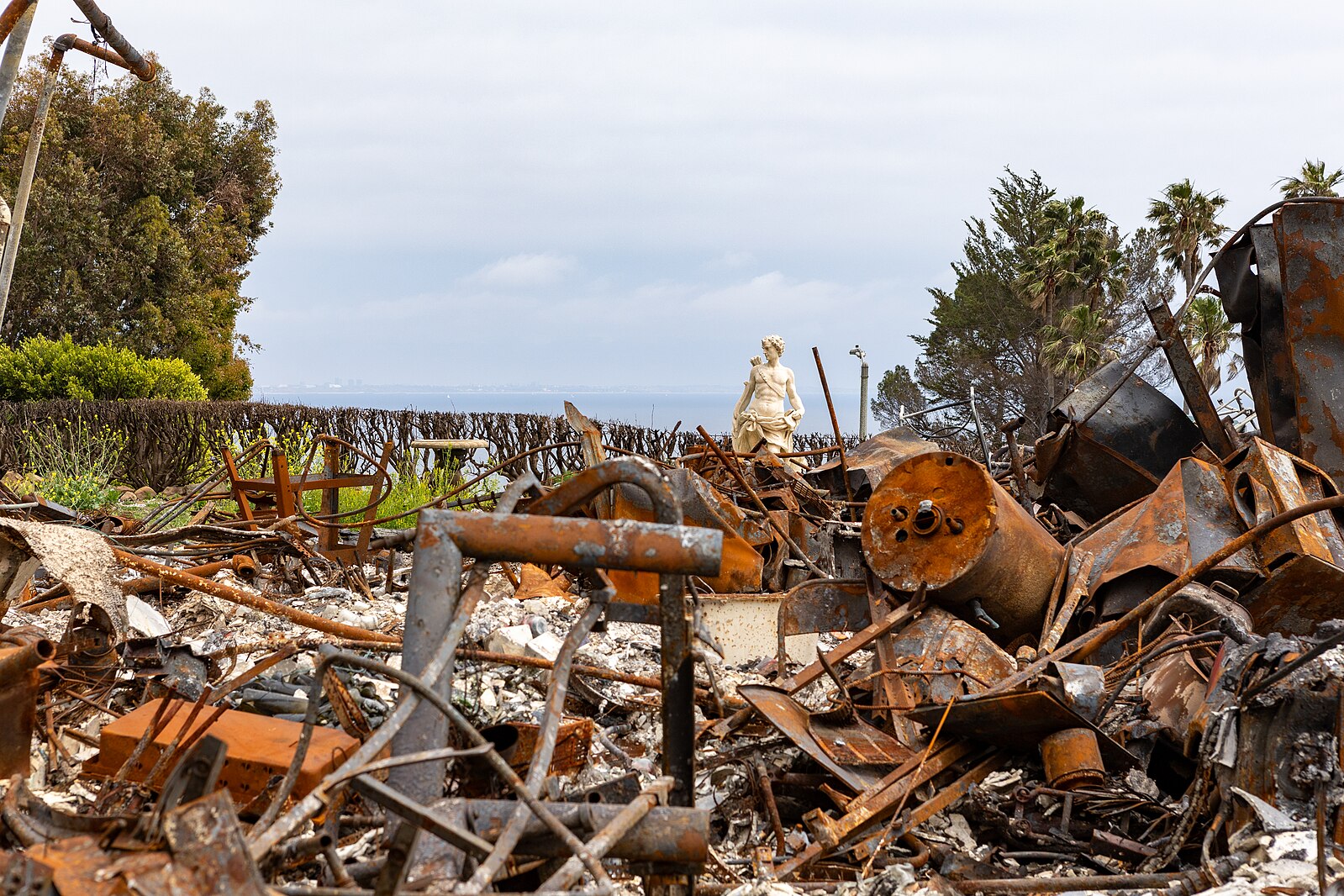You might have heard of the Michelin Guide as the revered culinary reviewer, which awards restaurants a certain number of stars (if any) around the world, depending on the exquisite culinary experience they might offer.
Notably, the guide isn’t dedicated to long-winded restaurant reviews; rather, it relies on a comprehensive list of pictograms, and sometimes a line or two about cuisine specialties.
The Michelin symbols range from a “notable cocktail list” pictured as a tiny mixed drink, to a hand with keys to represent valet parking, to a “patio parasol” image to serve as terrace dining. Just this year, Michelin decided to add a new symbol to its latest French guide: the green clover.
According to the guide, the clover’s purpose is to promote chefs who have attributed particular attention to being energy-efficient, preserving resources and embracing biodiversity, and reducing food waste.
The clover, also called the “Sustainable Gastronomy Selection,” was designated to more than 50 restaurants — a small proportion when you consider 3,435 French eateries were featured in the guide, but notable nonetheless.
With reducing food waste one of the most important actions both individuals and global systems can and should take on; here’s hoping this environmental award will inspire restaurateurs, chefs, and discerning gourmands to make more sustainable choices when it comes to dining out.











